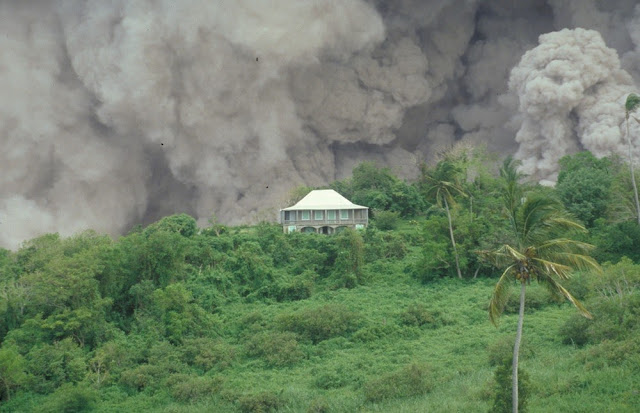 |
| BGS image ID: P521013 |
A fossil specimen of Cardioceras densiplicatum Boden. A fossil ammonite. (Mollusca, Cephalopoda, Ammonoidea.) 300 yards due south of Clyneleish House, Clyneleish, Brora, Sutherland, Scotland.
The genus Cardioceras belongs to the Subfamily Cardioceratinae. This specimen is from Brora, an important and well known Jurassic outcrop in East Sutherland. It is Callovian in age, which is the lowest division of the Upper Jurassic, a period marked by a marine transgression. British Geological Survey Biostratigraphy Collection number GSE 10338. Green Spot. Cardioceras is an ammonite with a moderately compressed shell, with a large outer whorl that becomes smooth. It has a strong keel and well differentiated ribs. The Cardioceratinae comprises four important genera, Quenstedtoceras, Goliathiceras, Cardioceras and Amoeboceras, they succeed each other stratigraphically with little overlap. Figd. W.J. Arkell, Mon. Pal. Soc. Vol. XCVI, 1943, pt VIII, pl LIII, fig 7; Figd. N.W. Hylland, Regional Handbook, pl XII, fig. 8.
The 'GB3D Type Fossils Online project' website has been launched today. Large numbers of fossil images are available including 3D images!
Bob McIntosh






